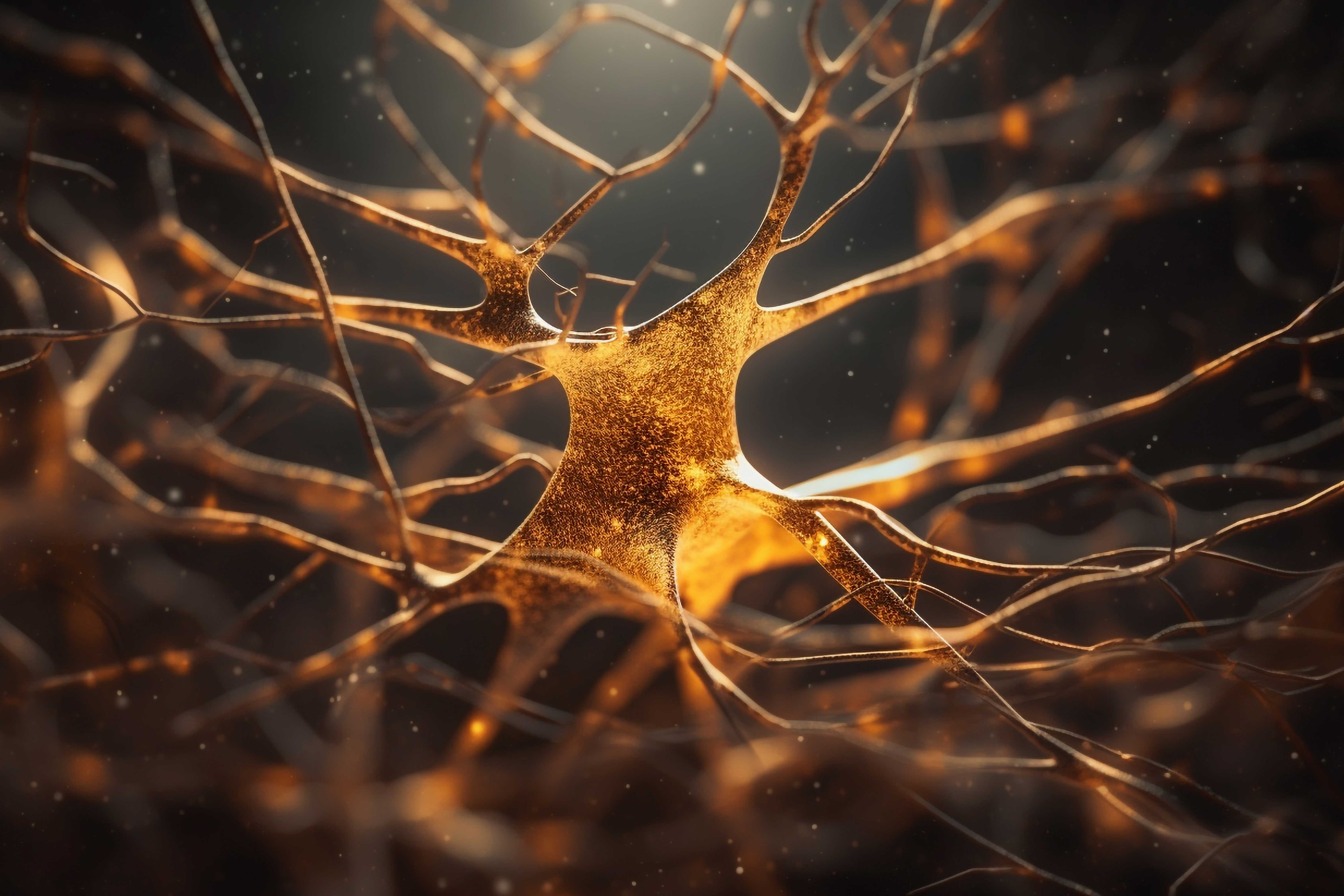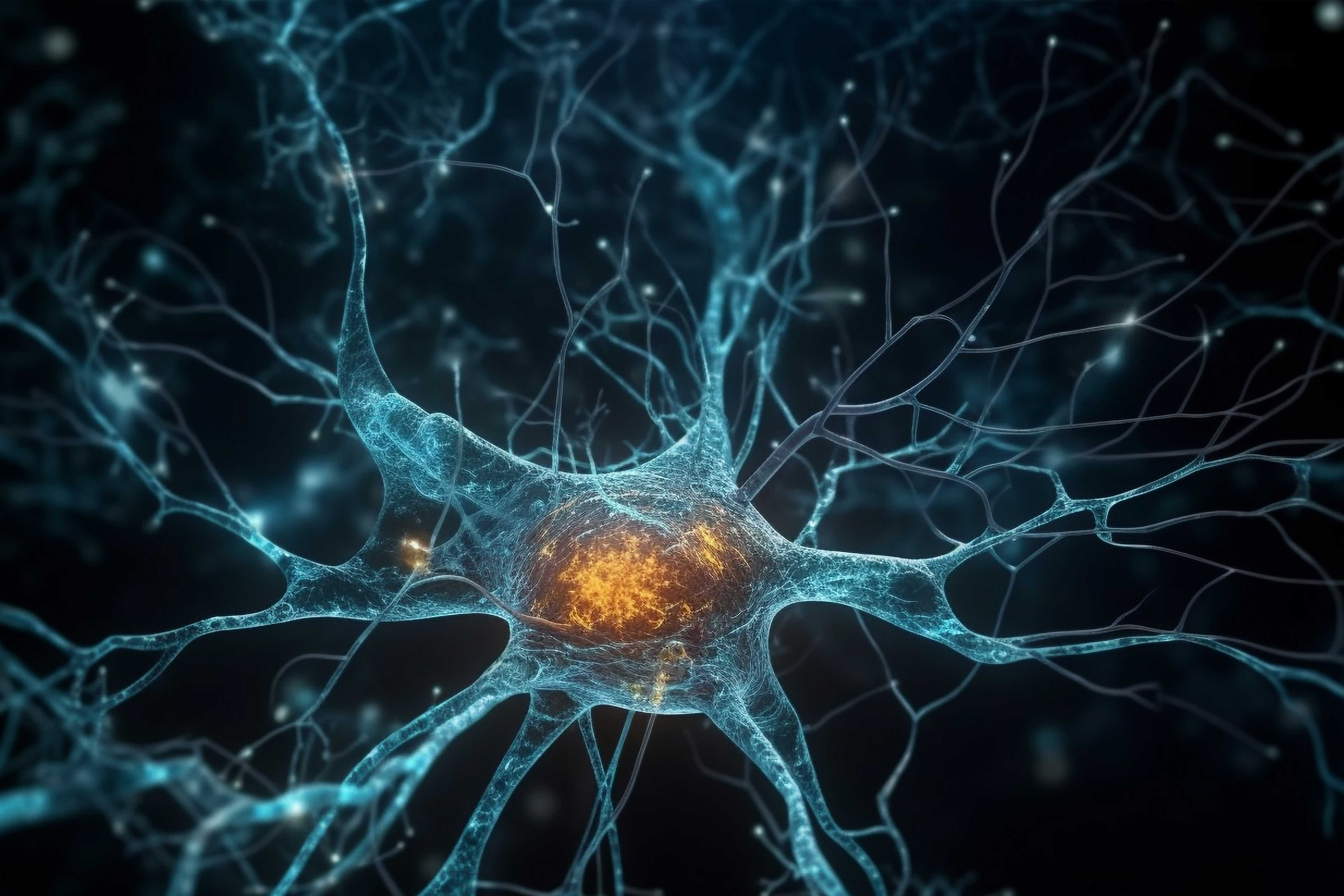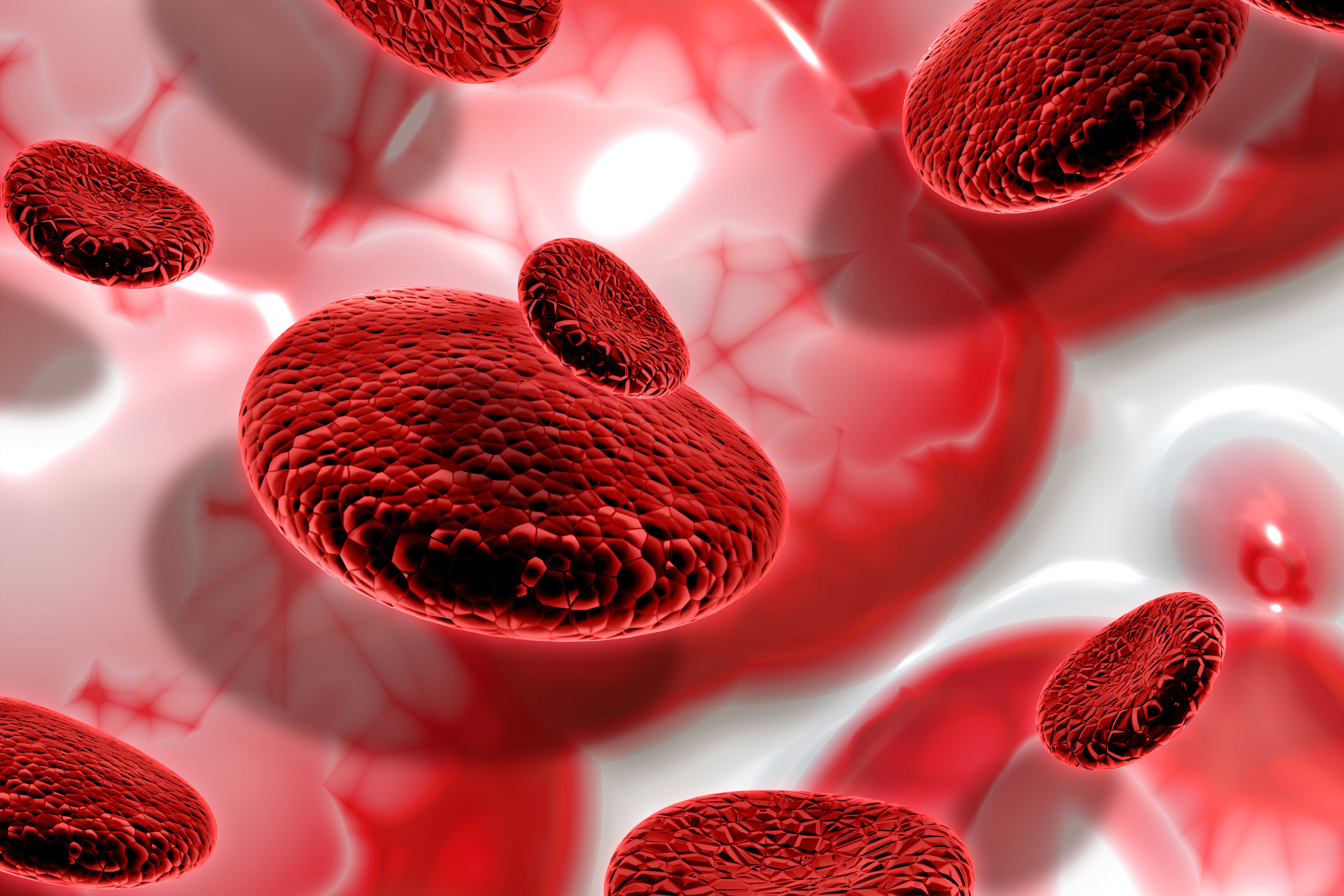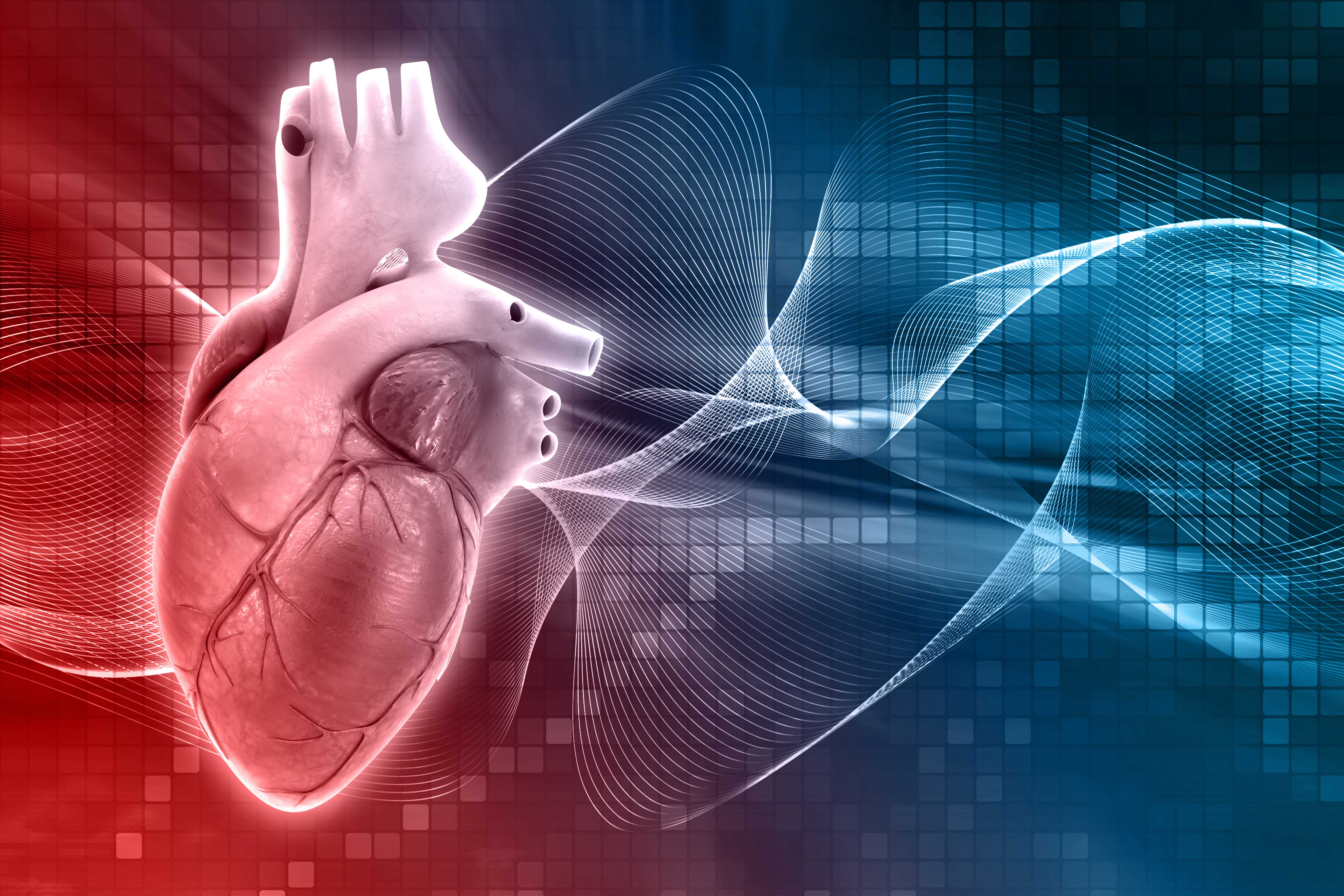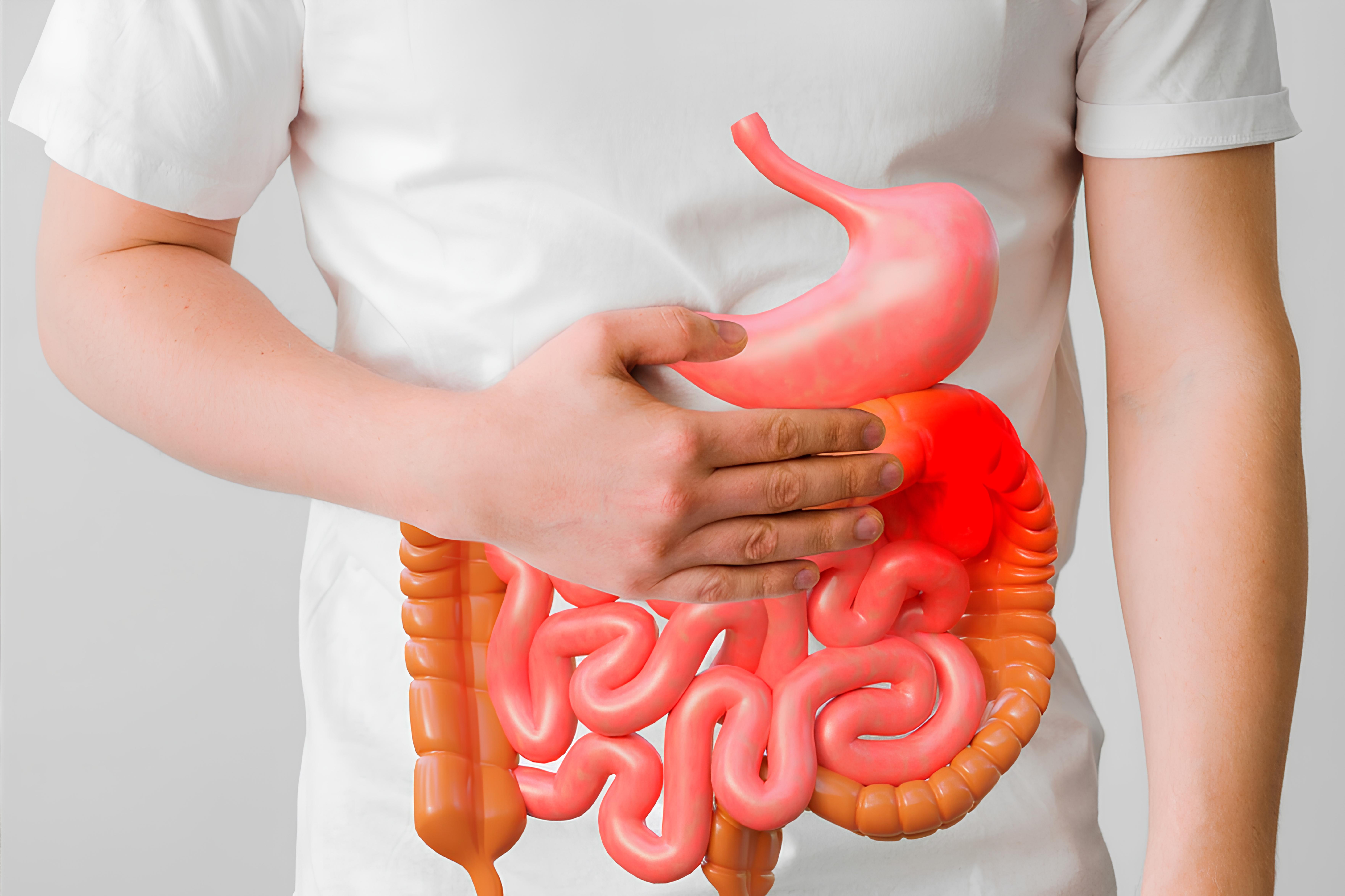Beyond The Scale: Understanding The Complexities of Obesity
"The intricate interplay of genetic predisposition, environmental factors, and epigenetic modifications fuels the global health crisis of obesity."

Definition
Epidemiology
Physiopathology
Obesity comorbidities
Molecular background
Summary
1. Safaei
M, et al., A systematic literature review on obesity: Understanding the causes
& consequences of obesity and reviewing various machine learning approaches
used to predict obesity. (2021).
2. Lin
X and Li H, Obesity: Epidemiology, Pathophysiology, and Therapeutics. (2021).
3. Poirier
P, et al., Obesity and cardiovascular disease: pathophysiology, evaluation, and
effect of weight loss: an update of the 1997 American Heart Association
Scientific Statement on Obesity and Heart Disease from the Obesity Committee of
the Council on Nutrition, Physical Activity, and Metabolism. (2006).
4. Kim
C, Fryar C, and Ogden CL, Epidemiology of Obesity, in Handbook of Epidemiology, Ahrens W and Pigeot I, Editors. 2019,
Springer New York: New York, NY. p. 1-47.
5. Koliaki
C, Dalamaga M, and Liatis S, Update on the Obesity Epidemic: After the Sudden
Rise, Is the Upward Trajectory Beginning to Flatten? (2023).https://doi.org/10.1007/s13679-023-00527-y
6. Evans
M, et al., Obesity-related complications, healthcare resource use and weight
loss strategies in six European countries: the RESOURCE survey. (2023).https://doi.org/10.1038/s41366-023-01325-1
7. Jehan
S, et al., Energy imbalance: obesity, associated comorbidities, prevention,
management and public health implications.
(2020).
8. Verde
L, Frias-Toral E, and Cardenas D, Editorial: Environmental factors implicated
in obesity. (2023).https://www.frontiersin.org/articles/10.3389/fnut.2023.1171507
9. Redinger
RN, The pathophysiology of obesity and its clinical manifestations. (2007).
10. Kawai
T, Autieri MV, and Scalia R, Adipose tissue inflammation and metabolic
dysfunction in obesity. (2021).
11. Fryk
E, et al., Hyperinsulinemia and insulin resistance in the obese may develop as
part of a homeostatic response to elevated free fatty acids: A mechanistic
case-control and a population-based cohort study. (2021).https://doi.org/10.1016/j.ebiom.2021.103264
12. Caron
A and Jane Michael N, New Horizons: Is Obesity a Disorder of Neurotransmission?
(2021).https://doi.org/10.1210/clinem/dgab421
13. Liu
BN, et al., Gut microbiota in obesity.
(2021).
14. Ruze
R, et al., Obesity and type 2 diabetes mellitus: connections in epidemiology,
pathogenesis, and treatments. (2023).https://www.frontiersin.org/articles/10.3389/fendo.2023.1161521
15. Volpe
M and Gallo G, Obesity and cardiovascular disease: An executive document on
pathophysiological and clinical links promoted by the Italian Society of
Cardiovascular Prevention (SIPREC).
(2023).https://www.frontiersin.org/articles/10.3389/fcvm.2023.1136340
16. Vekic
J, Stefanovic A, and Zeljkovic A, Obesity and Dyslipidemia: A Review of Current
Evidence. (2023).https://doi.org/10.1007/s13679-023-00518-z
17. Kloock
S, Ziegler CG, and Dischinger U, Obesity and its comorbidities, current
treatment options and future perspectives: Challenging bariatric surgery?
(2023).https://www.sciencedirect.com/science/article/pii/S0163725823002139
18. Shah
NM and Kaltsakas G, Respiratory complications of obesity: from early changes to
respiratory failure. (2023).https://breathe.ersjournals.com/content/breathe/19/1/220263.full.pdf
19. Chen
L, et al., Pathogenesis and clinical management of obesity-related knee
osteoarthritis: Impact of mechanical loading.
(2020).https://www.sciencedirect.com/science/article/pii/S2214031X2030067X
20. Pati
S, et al., Obesity and Cancer: A Current Overview of Epidemiology,
Pathogenesis, Outcomes, and Management.
(2023).
21. Montgomery
MK, Nardo WD, and Watt MJ, Impact of Lipotoxicity on Tissue “Cross Talk” and
Metabolic Regulation. (2019).https://journals.physiology.org/doi/abs/10.1152/physiol.00037.2018
22. Naomi
R, et al., The Role of Oxidative Stress and Inflammation in Obesity and Its
Impact on Cognitive Impairments—A Narrative Review. (2023).https://www.mdpi.com/2076-3921/12/5/1071
23. Cojocaru
K-A, et al., Mitochondrial Dysfunction, Oxidative Stress, and Therapeutic
Strategies in Diabetes, Obesity, and Cardiovascular Disease. (2023).https://www.mdpi.com/2076-3921/12/3/658
24. Chaudhuri
R, et al., Chapter 7 - Obesity, mitochondrial dysfunction, and obstructive lung
disease, in Mechanisms and Manifestations
of Obesity in Lung Disease, Johnston RA and Suratt BT, Editors. 2019,
Academic Press. p. 143-167.
25. Ajoolabady
A, et al., ER stress in obesity pathogenesis and management. (2022).








